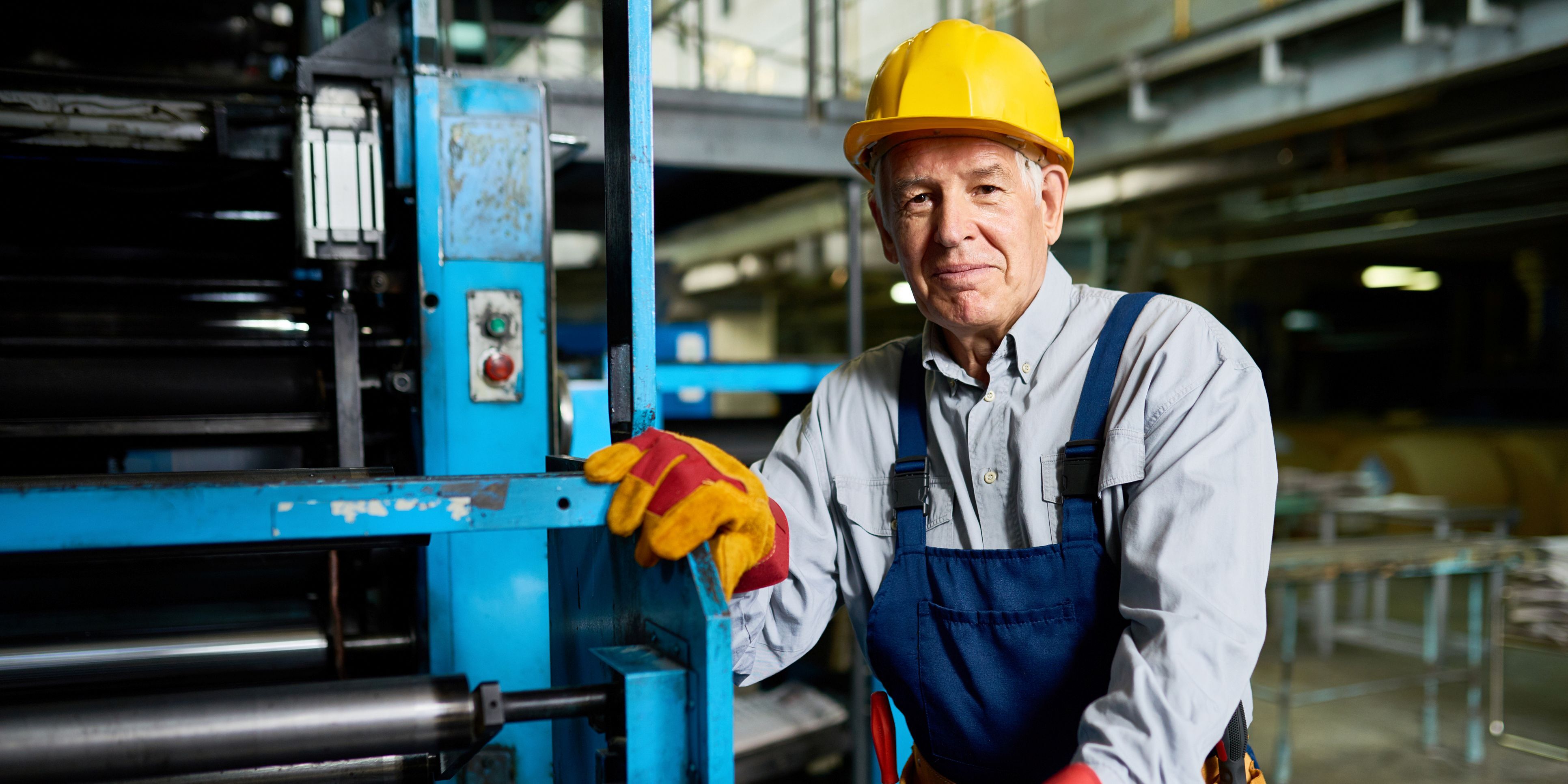Prevent It


Keeping Workers Healthy for the Long Haul: Supporting Longevity in Physically Demanding Jobs
Everybody ages differently, but one truth remains consistent - jobs filled with high physical demand can accelerate wear and tear on the body. Over time, this can lead to significant injury or, more quietly, chronic pain and discomfort that workers may endure silently, especially if they fear losing their job by speaking up.
With ongoing workforce shortages and the high cost of recruiting and training new staff, retaining experienced employees has never been more important. So how can we create a workplace environment that supports workers’ health, allowing them to remain safe, productive, and valued for the long haul?
Here are five key strategies:
1. Build Ergonomics Into the CultureErgonomics isn’t just about equipment, it’s about designing jobs to fit the worker.
- Design tasks to reduce strain, particularly lifting, repetitive motions, and awkward postures.
- Apply ergonomic practices to every role, regardless of age or tenure.
- Conduct regular ergonomic risk assessments to ensure workstations and tasks evolve with worker needs.
Workers often wait too long to speak up about aches and pains. By the time they do speak up, it's often a bigger issue.
- Offer onsite musculoskeletal care so early discomfort can be addressed quickly.
- Foster a “no-blame” culture where reporting strain or pain is encouraged, not penalized.
- Train peer champions to recognize early signs of overuse or fatigue and guide their coworkers toward support.
3. Support Recovery and Prevent Overuse
Even the strongest bodies need recovery.
- Rotate jobs to balance physical demands across shifts and workers.
- Incorporate micro-breaks and stretch routines into the daily workflow.
- Educate teams on fatigue and energy management so they understand how to pace themselves and avoid injury.
Policies should support longevity and adapt to changing physical abilities.
- Allow flexible scheduling and modified duty so workers can stay productive even when recovering.
- Use functional job analysis to match physical demands with each worker’s capability.
- Develop retraining pathways to transition aging workers into roles that are less physically taxing.
Supervisors are the frontline for risk detection.
- Train them to recognize early signs of fatigue, pain, or discomfort.
- Encourage a shift in focus from short-term output to long-term worker health.
- Celebrate success stories where adaptation led to retention—showing that valuing people pays off.
NIOSH’s Total Worker Health® approach ties it all together—promoting an integrated strategy for both safety and well-being, at every stage of a worker’s life. Learn more about this holistic approach: https://www.cdc.gov/niosh/twh
Let’s create a culture where workers can thrive today and tomorrow.
Select a topic
- View all topics
- WorkWell
- Safety Culture
- Onsite PT Clinics
- Ergonomics
- Injury/Illness Prevention
- Employee Wellness
- MSK
- Industry News
- POET
- Safety
- Managed Services
- Manufacturing
- Functional Job Descriptions
- Onsite PT
- FJD
- Post Offer Employment Training
- Provider Network
- Blog
- Events
- Featured
- OSHA
- Work Readiness
- Company News
- Job Coaching
- MSK Strategy
- Musculoskeletal
- PT Solutions Employee
- Presenteeism
- Push/Pull
- Recruitment
- Training
- Trust
- Worksite Rounds
Subscribe to Our Blog
Practical tips focused on workplace injury prevention.
Featured Posts
postsTags [BlogPost 178613021575 Shift to Prevention and End the Game of Whack-a-Mole, BlogPost 125116526205 Why now is the time for a Managed Onsite MSK Clinic]
.png)

